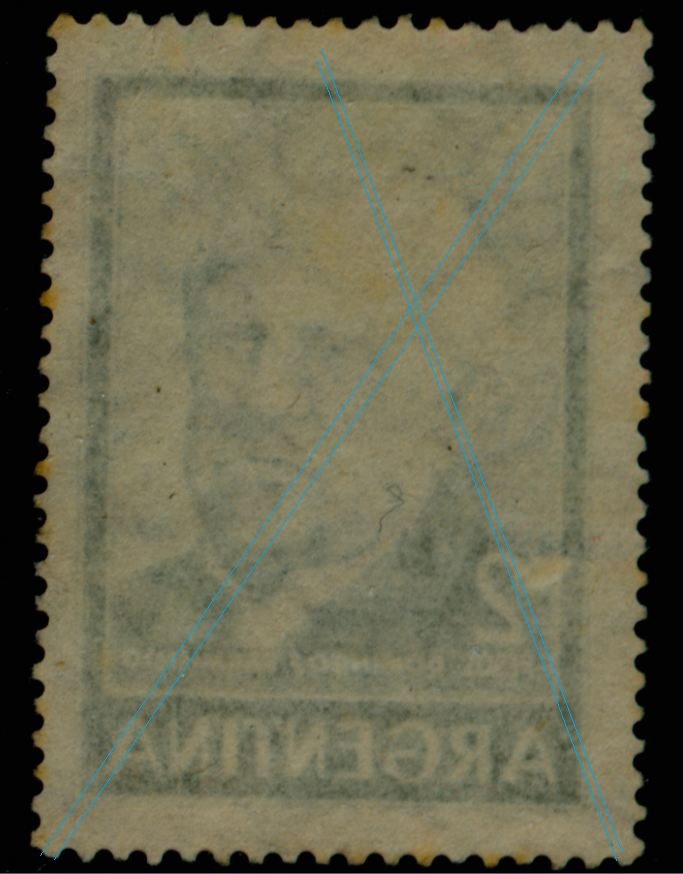And how friendly can one look!
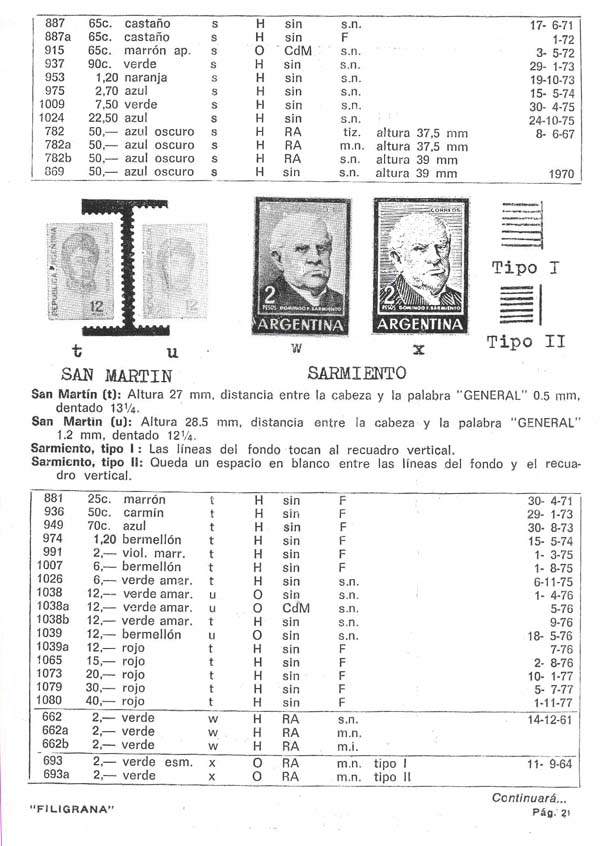
to be continued ....
Moderador: Rein







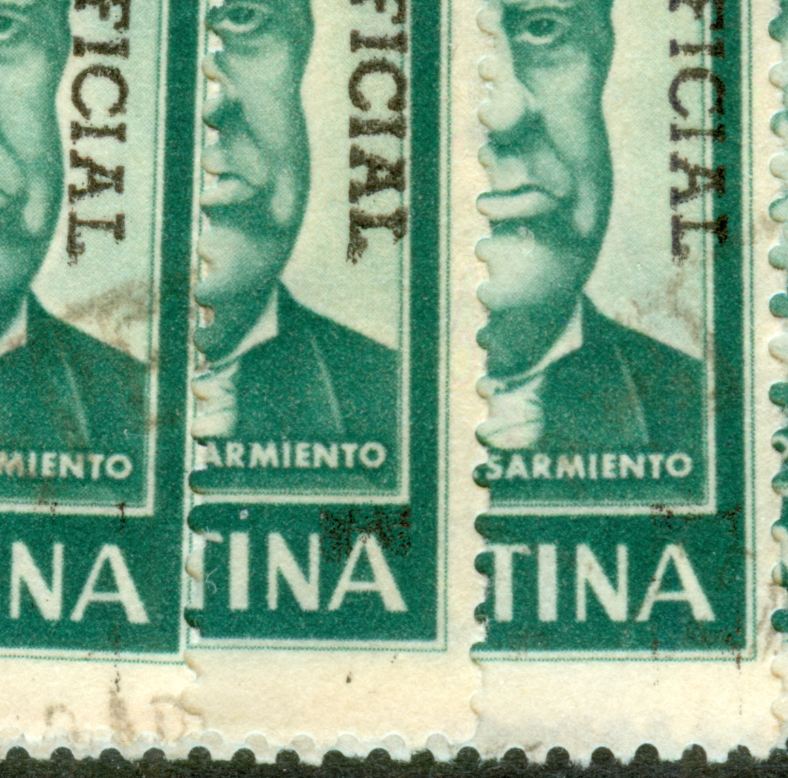
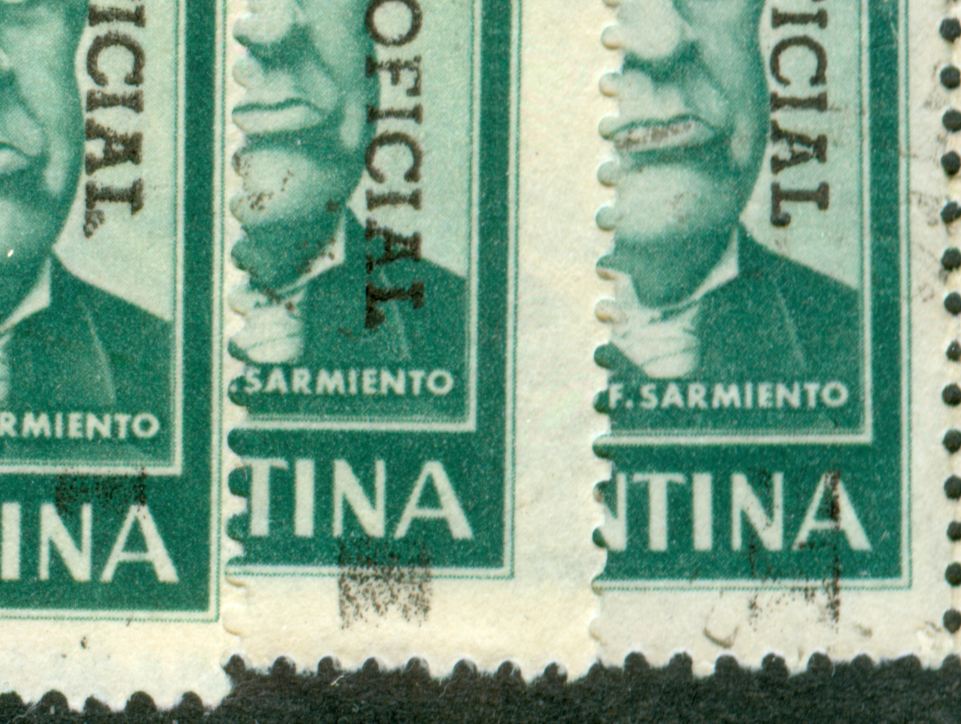

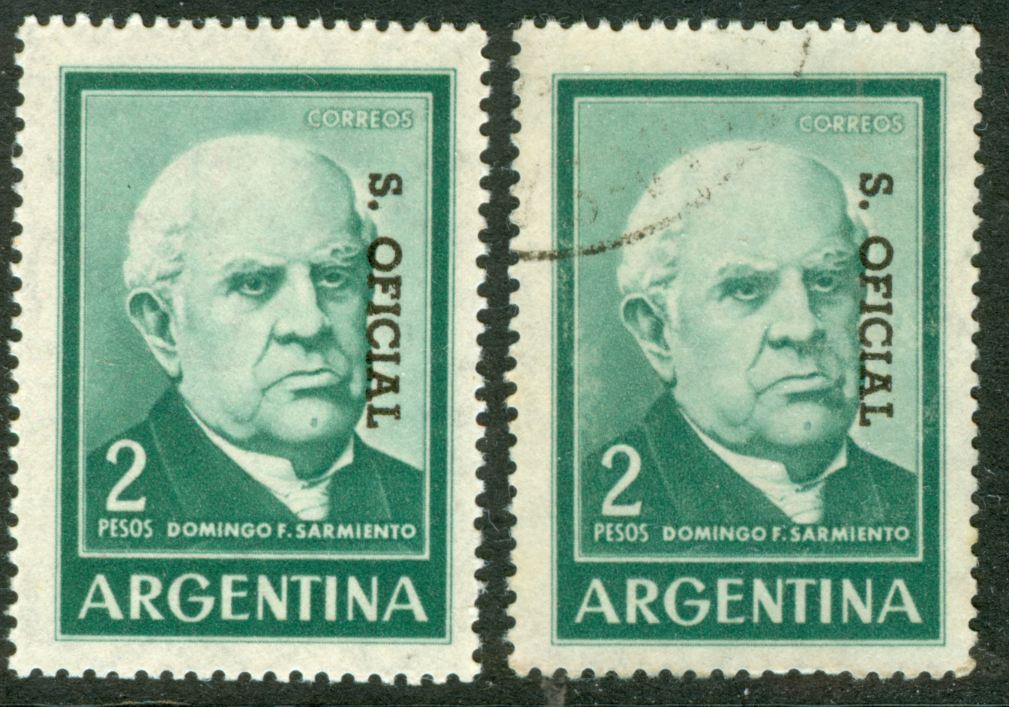
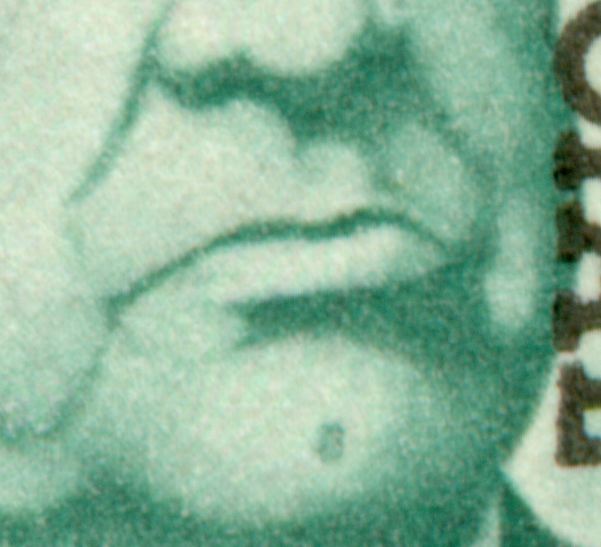

How about ZA 3???Rein escribió:In Bardi's book:
There is no chronology here!
During the 1961-1963 period the main type of paper was the Zárate paper on uncoated paper, symmetrical paper wire and a vertical direction of paper!
I.e. ZA 2!
ZA 4 Zárate paper on uncoated paper, symmetrical paper wire and a horizontal direction of paper started later - in 1963? - and was succeeded by ZA 5 Zárate paper on uncoated paper, Asymmetrical paper wire [plus lines across!] and a horizontal direction of paper.
to be continued ....
